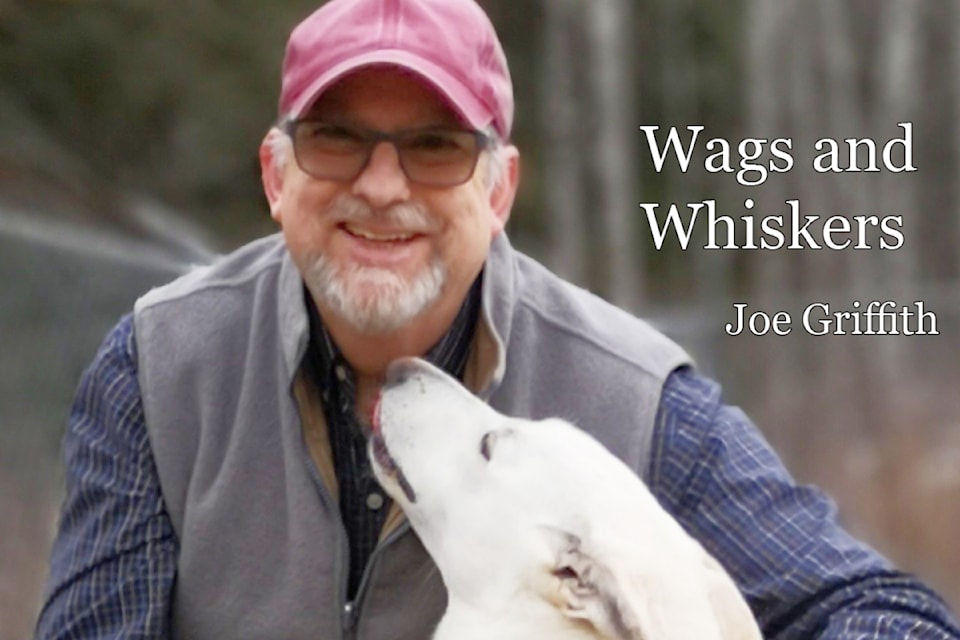There’s something deeply moving about sharing life with a senior dog. Their eyes tell stories of years spent by your side — of adventures taken, routines shared, and quiet moments that built a bond stronger than words.
As their faces begin to grey and their movements slow, our role shifts. We become their gentle guides, making sure they’re safe, comfortable, and still finding joy in each day.
Our older dogs don’t need big changes — just thoughtful ones. Slippery floors can feel scary on aging joints, so adding rugs or yoga mats to their favourite walking paths can make a huge difference. If they love curling up beside you on the couch or climbing into bed, consider ramps or pet stairs to help them get there without pain. Even raising their food and water bowls a few inches can ease strain on stiff necks and shoulders.
Exercise is still important, even if the pace changes. Senior dogs don’t need long, exhausting walks — what they love are slow sniffing strolls during which they can explore the world in their own time. Let them sniff the same tree three times if they want to. It’s about keeping their minds and bodies gently engaged, not how far you go.
Comfort becomes more important than ever. An orthopedic bed gives sore joints a break, and quiet resting spots away from loud noises or high-traffic areas can help them relax more fully. At this age, most dogs won’t ask for much — but they still want to be near you. Make sure they’ve got cozy places close to where you spend your time. Just being together means everything.
Pain often hides in plain sight. Many senior dogs live with arthritis or other discomforts without showing obvious signs. That’s why regular vet checkups matter so much, and why it’s okay to ask your vet about pain relief options or supplements. Helping our fur babies feel better is one of the kindest things we can do.
Food might need to change too — softer kibble, fewer calories, or a diet better suited to their health needs. You might also notice their appetite shifts, or they chew more slowly. That’s okay. Mealtimes can still be special. Try food puzzles or snuffle mats to make eating a fun, engaging part of their day.
Patience becomes a beautiful practice. Some dogs lose hearing or vision, and some may seem a little more confused or anxious. They’re not being stubborn — they’re adapting to changes they don’t fully understand. Stick to routines. Use your voice gently. Let them know they’re safe, loved, and never alone in this.
These golden years are a gift. Slower walks, longer naps, quieter days — they offer us a new rhythm to follow. One that reminds us to be present. To go easy. To love harder. Your senior dog may not move like they used to, but their love hasn’t aged a day.
They’ve given you everything — now it’s your turn to return the favour, one gentle moment at a time.

